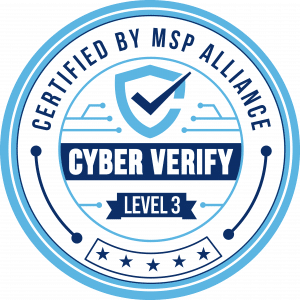Organizations are willing to pay more for cybersecurity. According to a recent survey from ETR and the CUBE Research, 87 percent of organizations expect their security budgets to increase in the next 12 months. Identity management, vulnerability management, and extended detection and response are top priorities for investments.
Clearly, executive leadership understands the importance of robust cybersecurity and is willing to sign off on these larger budgets. However, IT leaders must still show that these investments deliver value.
This can be difficult, given that few executives have in-depth knowledge of security technologies or understand how they can deliver specific benefits. They are also cautious about approving purchases unless they show a clear ROI. IT leaders must make a convincing business case for security investments, linking the increased spending to specific outcomes that support the organization’s overall objectives.
Here are seven tips for discussing security needs with executives.
Take Stock of What You Have
In a previous post, we discussed the importance of regular security assessments. Assessments are a valuable tool for finding gaps and vulnerabilities in your organization’s security posture. They also play a key role in budgeting. Closing critical gaps should be a high priority for security investments. Assessments also help you identify outdated, inadequate, overlapping, and underutilized tools.
Make the Most of What You Have
Armed with a better understanding of the security tools already in your environment, you can determine if you’re maximizing the value of those investments. Could existing tools be put to better use? Would a software upgrade provide the features and capabilities you need? Executives are more inclined to approve new investments if you can show that they’re taking full advantage of what you already have.
Prioritize the Greatest Threats
No matter how much you spend, you’ll never close every security gap. Maximizing value starts with focusing investments on the greatest threats. Most cyberattacks target known vulnerabilities and human weaknesses. Start there, emphasizing protection for the most critical systems and data that could cause the greatest damage to the business if they were compromised.
Go for Proven Technologies
Technologists may get excited about emerging technologies, but the latest tools may not be the best bet. Look for proven tools that deliver a known ROI and, ideally, integrate with the solutions already in the environment. Everything should work together in a layered security approach that provides maximum visibility into potential threats. Security tools should also be chosen based on existing skill sets and potential learning curves.
Speak the C-suite’s Language
When talking to executives, focus on specific business outcomes before talking about IT benefits. In the security realm, that involves defining specific risks, their likelihood, and the potential impact on the business. Contrast the cost of the security threat against the full cost of prevention. Be specific: Clearly define the resources needed to produce the desired business outcomes, including hardware, software, services, and personnel.
Emphasize the Importance of a Security Culture
No security tool is a silver bullet. Effective cybersecurity requires the unified effort of everyone in the organization. A security culture starts at the very top. Executives should be charged with championing security and emphasizing everyone’s role. They should play a role in crafting effective policies. They should also be willing to invest the time, money and effort needed to implement a regular cybersecurity awareness training program.
Discuss the Value of Outsourcing
Most organizations are struggling with an IT skills gap that makes it difficult to maintain effective security. Partnering with a managed services provider (MSP) can provide much-needed expertise and relief from many day-to-day operational tasks. Qualified MSPs provide around-the-clock monitoring and maintenance, and many offer the latest security tools in an opex, pay-as-you-go model.
Mainstream’s security experts are here to help you bolster your security posture with the right solutions and services. As budgeting season approaches, let’s set a time to whiteboard a strategy that will maximize the value of your security investments.






